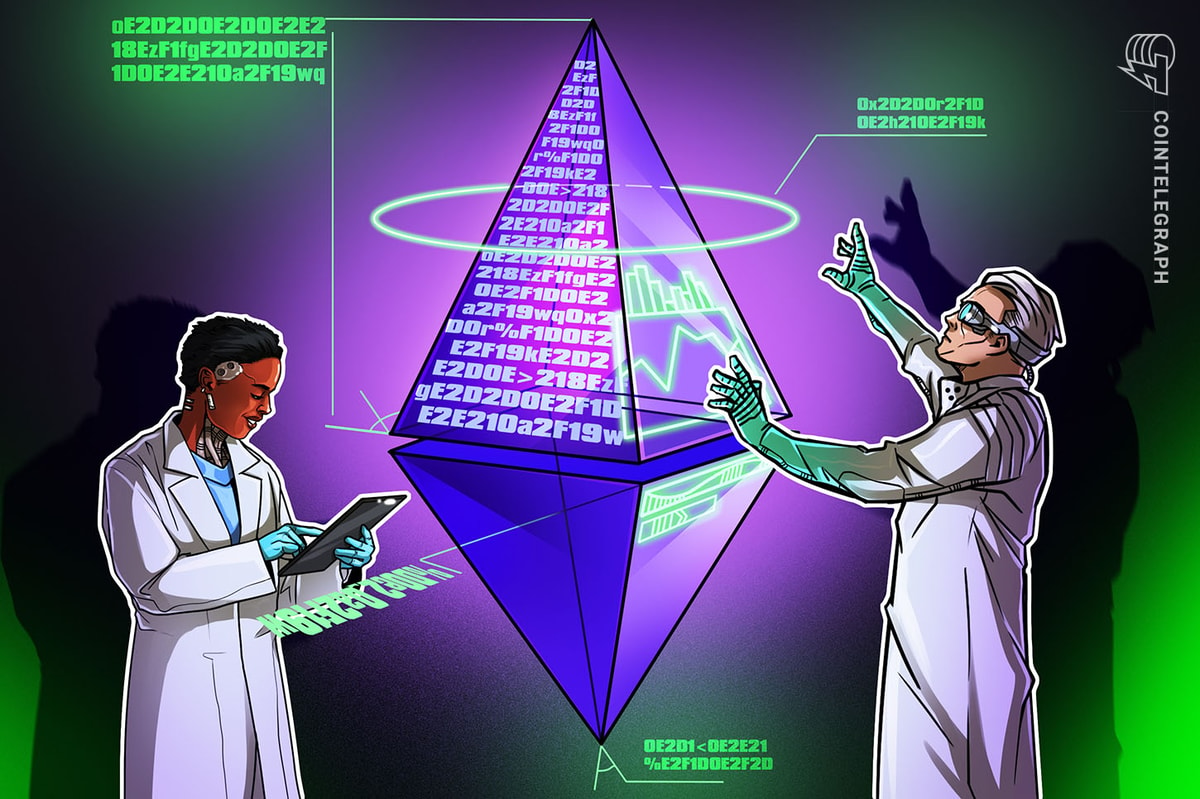Since its inception in 2017, Web3 gaming (a.k.a. blockchain gaming) has faced significant hurdles, leaving the industry at a critical crossroads — adapt or perish (as some believe). But others, including myself, are confident that the world of Web3 games is merely undergoing a much-needed transformation, having only recently shed the hype-driven mentality that marked its infancy.
To put this into context, one must remember that mobile games had similar challenges. The quality of the first games, created primarily by enthusiasts and indie studios, was noticeably poor. The infrastructure needed for developing and delivering high-quality games was absent. Fast forward to today, the global mobile gaming market has increased from $118.34 billion in 2022 to $138.63 billion in 2023, with a compound annual growth rate (CAGR) of 17.1%.
For Web3 games to reap the same rewards, game quality, sustainable economies, engagement and fun must be a top priority. Here’s a deeper look at each.
Enhancing game quality
In the gaming industry, quality is a multifaceted concept comprising tangible and intangible elements — all of which contribute to the player’s overall experience. And the seven areas game developers should focus on to improve game quality are as follows:
- Gameplay: Quality gameplay is characterized by well-designed game mechanics, logical rules and a balanced system that promotes fair play.
- Visual aesthetics: High-quality graphics, animations and design elements significantly contribute to a game’s appeal.
- Story and narrative: A compelling storyline and captivating characters can turn a good game into a great one.
- User interface and user experience (UI/UX): A high-quality game offers a smooth, intuitive and easily navigable interface.
- Performance and stability: A good game performs reliably across various devices and platforms and is free from glitches, bugs and crashes that can disrupt gameplay and frustrate players.
- Sound design: Quality sound effects, background music and voice acting enhance immersion and give depth to the gameplay.
- Replayability: This involves elements like varied gameplay, unlockable content, difficulty levels and multiplayer options.
Developers must create high-quality games with captivating gameplay, aesthetically pleasing visuals, compelling narratives, intuitive UI/UX and outstanding performance.
Building sustainable economies
A sustainable economy refers to a well-balanced and self-perpetuating in-game financial system that is driven by the players’ actions, remains viable over the long term and contributes to the overall health and longevity of the game. Unfortunately, many of the early Web3 games were missing this. But here’s how developers can avoid this.
Join the community where you can transform the future. Cointelegraph Innovation Circle brings blockchain technology leaders together to connect, collaborate and publish. Apply today
- Focus on tokenomics: A sustainable Web3 game will have a well-thought-out tokenomics model that encourages balanced player participation, stimulates in-game trading and avoids inflation or deflation scenarios.
- Create a fair and balanced earning model: Play-to-earn was a fundamental aspect of early Web3 games and it’s still relevant. The only difference is that a sustainable economy will have a fair and balanced earning model that rewards players on their effort, skills and time spent in the game — not the money they spent.
- Enable true asset ownership: A sustainable economy will manage a player’s assets — including in-game items, characters, land, resources and weapons — in a manner that maintains their value over time, preventing oversupply or saturation that could devalue these assets.
- Incorporate decentralized governance: This allows for the incorporation of player feedback into economic decisions. Governance prerogatives should be gained by players based on the value they provide for the game’s overall ecosystem.
- Ensure scalability as security: As the game grows and attracts more players, the underlying blockchain infrastructure must be able to scale to handle increasing transaction volume while maintaining low fees and fast transaction times. The game’s economy must also be secure.
In summary, a sustainable economy balances supply and demand, incentivizes player participation and ensures the fair distribution of resources and rewards.
Increasing engagement
Engagement can be understood as the level of player’s involvement, interaction and commitment to the game. It’s an amalgamation of a player’s interest, enjoyment and overall satisfaction that influences the time and effort they’re willing to invest in the game. Here are some key elements that lead to a more engaging experience.
- Intriguing gameplay: The fundamental element of engagement is gameplay that captivates the player. This means well-structured mechanics, unique features and clear progression systems that provide a sense of achievement.
- Social interaction: Multiplayer options, in-game chats, community events and cooperative gameplay can significantly boost engagement, making the game not just a solitary experience but a social one.
- Narrative and world-building: A compelling storyline and a well-crafted game world can deeply engage players, making them invested in the outcomes and urging them to explore more.
- Challenge and skills development: Games that offer a balanced level of challenge, allowing players to improve their skills and tackle more difficult tasks steadily, tend to keep players hooked.
- Rewards and recognition: Reward systems that acknowledge players’ achievements, like leaderboards, achievement badges and unlockable content, further increase engagement.
In the context of Web3 games, engagement also includes economic incentives, asset ownership, decentralized governance and interoperability. Economic incentives and asset ownership allow players to earn real-world value from their in-game activities and digital assets. Interoperability, or the ability to use these in-game assets across different games or platforms — a feature unique to Web3 gaming — can also help increase engagement.
Don’t forget about fun
As you might anticipate, fun in gaming largely corresponds with all the elements listed above, but with an important distinction: It is inherently tied to the individuality of each player. Ultimately, the concept of fun in games is largely contingent upon individual player preferences and the interplay of these multifaceted elements. Crafting fun games fundamentally comes down to understanding the individual preferences of your players and combining these with common archetypes. This methodology facilitates the delivery and prioritization of each player’s personalized and consequential gaming experience.
However, while understanding players’ individual preferences and designing experiences around them is important, overall, fun in games — especially in Web3 games — can be derived from an amalgamation of game quality, sustainable economies and engaging gameplay. By focusing on these elements, game developers can elevate Web3 games and change the stigma surrounding them. It’s all about striking that perfect balance.
Maksym Illiashenko is co-founder and CEO of My NFT Wars: Riftwardens.
This article was published through Cointelegraph Innovation Circle, a vetted organization of senior executives and experts in the blockchain technology industry who are building the future through the power of connections, collaboration and thought leadership. Opinions expressed do not necessarily reflect those of Cointelegraph.
Learn more about Cointelegraph Innovation Circle and see if you qualify to join










